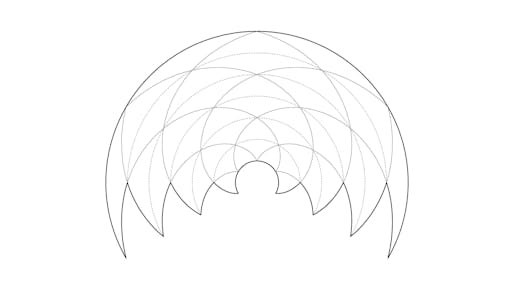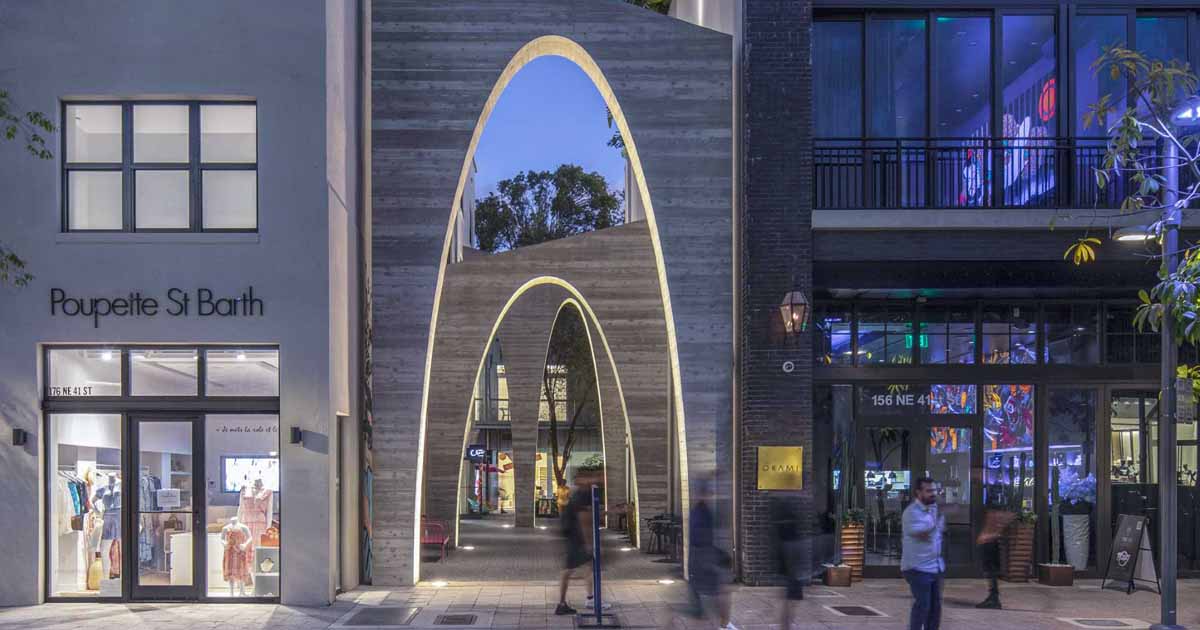Joseph Choma explores foldable shelters with his students at Clemson University
Taking as the focus the possibility of his patented, foldable fiberglass technique for use in resiliency design efforts, Design Topology Lab founder Joseph Choma is once again breaking the mold on a typology that has become increasingly relevant in the era of intensifying natural disasters born out of climate change. Choma is currently teaching a studio at Clemson that explores the potential of fully deployable shelters for disaster relief with foldable composites. The Cone crease pattern. Image courtesy of Joseph Choma, Clemson University.The studio was split into four parts. The first segment included analyzing the current state of deployable shelters for disaster relief, uncovering what he calls a significant gap between lightweight tents and more permanent dwellings made from prefabricated components. This gap resulted in people usually living in tents a great deal longer than originally anticipated. The challenge for his students then became to answer the question of how flat-p...


Taking as the focus the possibility of his patented, foldable fiberglass technique for use in resiliency design efforts, Design Topology Lab founder Joseph Choma is once again breaking the mold on a typology that has become increasingly relevant in the era of intensifying natural disasters born out of climate change.
Choma is currently teaching a studio at Clemson that explores the potential of fully deployable shelters for disaster relief with foldable composites.
The studio was split into four parts. The first segment included analyzing the current state of deployable shelters for disaster relief, uncovering what he calls a significant gap between lightweight tents and more permanent dwellings made from prefabricated components. This gap resulted in people usually living in tents a great deal longer than originally anticipated. The challenge for his students then became to answer the question of how flat-p...






